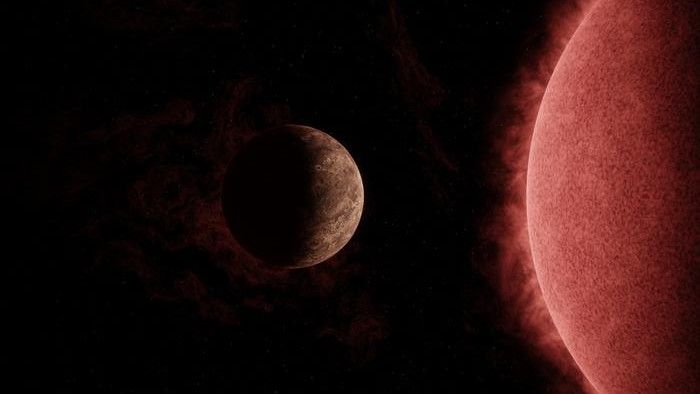Stay informed with free updates
Simply sign up to the Science myFT Digest — delivered directly to your inbox.
The writer is a science commentator
Volcanoes house more than molten rock. Alongside the magma sits a mysterious substance called magmatic brine, a mineral-rich soup that collects underneath both active and dormant volcanoes. Geologists are now exploring whether these deep subterranean pools can be tapped for dissolved treasure such as lithium, copper and cobalt. The extraction could be powered by geothermal energy, leading some scientists to call it “green mining”.
Drilling into volcanoes would be a technically challenging and potentially seismic twist on the net zero minerals rush but, given the ethical and environmental concerns linked to mining on land and at sea, the prospect is justifiably attracting geological and commercial interest. Sub-volcanic brine mining could also be of strategic geopolitical importance, by expanding the supply of critical minerals and breaking the stranglehold enjoyed by China.
Magma, housed in a chamber beneath a volcano, releases metal-rich gases that rise towards the Earth’s surface. As they rise, the pressure drops; the gases then separate into steam and brine. The steam belches out of the volcano; the brine, which retains most of the minerals, collects in the rocks. These brine “lenses”, so-called because of their distinctive shape, tend to settle about two to four kilometres beneath the surface.
Jon Blundy, an earth scientist at Oxford university, calls these magmatic brine lenses “liquid ore”. He and colleagues have estimated that a single lens formed over 10,000 years could contain 1.4 megatonnes of copper. The exact balance of precious metals, base metals, lithium and rare earth minerals dissolved within depends on the location and type of volcano, he told the Royal Academy of Engineering magazine Ingenia recently. But he added that “this would be a viable alternative to scraping polymetallic nodules off the seabed — and it would do less damage to vulnerable ecosystems”. Samples of volcanic vapours collected by drone, plus volcanic surface outflows or deposits, can point to the metals likely to lie beneath.
With the minerals already in solution, the brine requires less processing, and creates less waste, than land-mined material. In traditional copper mining, for example, around 99 per cent of the crushed rock is waste.
Shallower oilfield brines, produced by drilling for oil, are also attracting commercial interest. The Smackover formation in Arkansas, for example, has long been exploited for fossil fuels and is already pumped for its bromine-rich brine. This also contains enough lithium to make processing worthwhile, given rising mineral prices and existing extraction infrastructure. ExxonMobil is drilling its first lithium well there, with production due to start in 2027. Lithium is also currently derived from brine deposits found underneath salt flats in countries like Chile and Bolivia.
Geothermal plants, which involve drilling at depth, produce geothermal brine; once seen as a byproduct, these brines are now regarded as worth exploiting. Companies in Cornwall in south-west England, for example, are currently exploring how to best capture the metals and minerals from a local geothermal plant.
Magmatic brine, though, is the bigger, deeper, shinier prize, boasting higher concentrations of valuable minerals with fewer impurities. Some geothermal plants offer a conduit for reaching this sub-volcanic booty. As Ingenia reports, different groups are exploring the concept of recovering magmatic brine from geothermal energy sites in Japan, New Zealand, Iceland and Germany.
The engineering challenge is immense: finding ways of drilling boreholes up to 4km down into rocks as hot as 400C; protecting wells from collapse and corrosion by the highly acidic fluid; and guarding against the metals being prematurely deposited, like limescale inside a kettle, on their long journey up.
Even if these are solved, further obstacles await. The brine might contain toxic elements like Mercury, which require safe disposal; the seismic consequences of reinjecting the metal-stripped fluid back into the ground remain unknown. Re-injection is not dissimilar to techniques used in fracking, which can induce local tremors. Blundy is working with the university’s Oxford Martin School on a test project to co-develop geothermal power and brine mining on the Caribbean island of Montserrat.
It is a bold and risky plan, to dive into these mountains of fire to pluck treasure from the roiling fluid. But with 1,500 volcanoes dotted around the planet and critical minerals for the energy transition running low, the payback could be explosive.

Sarah Carter is a health and wellness expert residing in the UK. With a background in healthcare, she offers evidence-based advice on fitness, nutrition, and mental well-being, promoting healthier living for readers.








